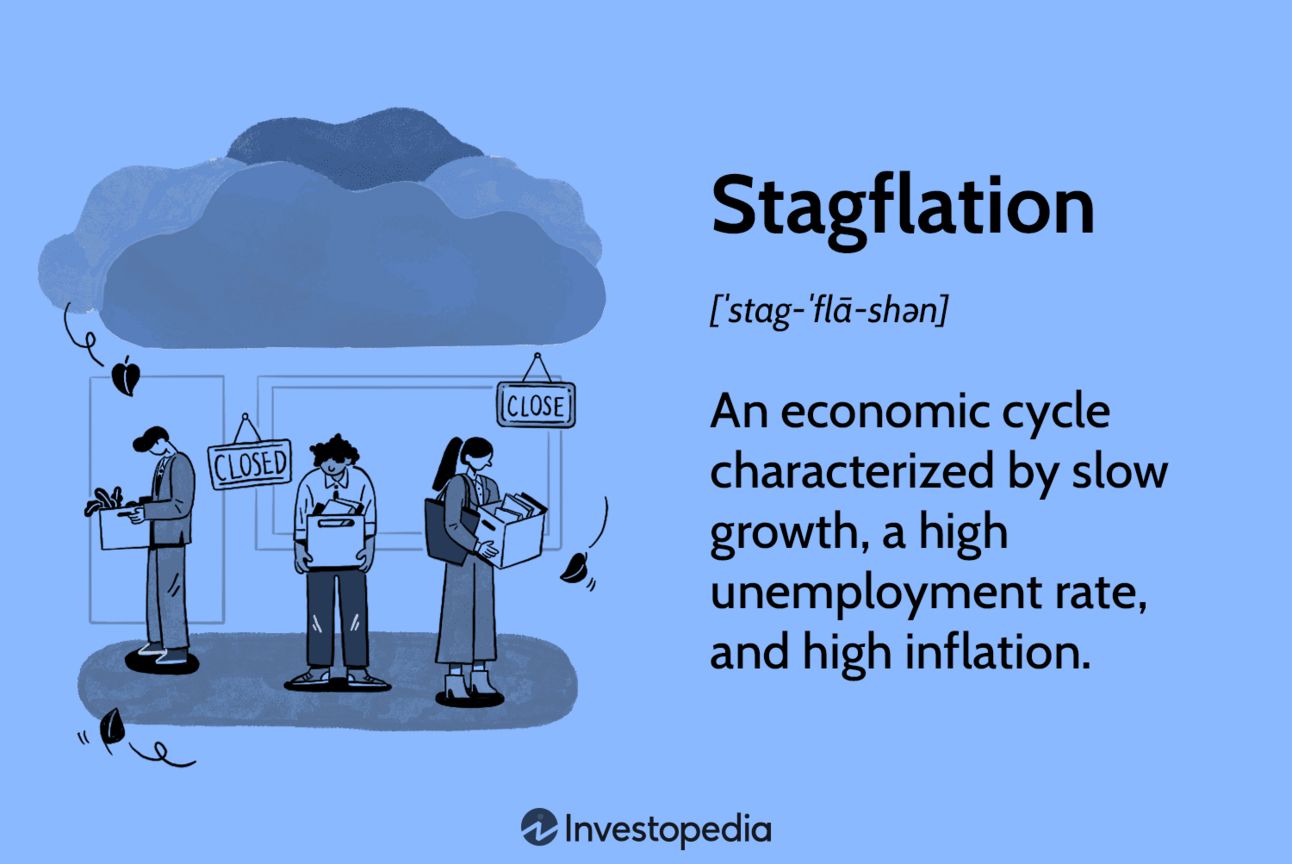
CJ Follini, Publisher
Good morning, Noyackers!
⏳ Where Is the U.S. Economy Heading?
Feeling uncertain about the economy? You're not alone. Inflation remains stubbornly above target, economic growth is slowing, and the Federal Reserve faces a challenging balancing act. Some economists predict a recession is inevitable, while others see a potential "soft landing." Let's decode the mixed signals clearly and help you prepare.
GDP Growth: Slowing but Still Positive
Q4 2024 GDP growth was +2.3%, down from +3.1% in Q3.
The economy is slowing—not shrinking—so we're not officially in a recession yet.
📊 Your Turn: What's Your Economic Outlook?
Inflation: Cooling but Still Sticky
Inflation has dropped significantly from its 9% peak in 2022 to around 3% today.
However, it's still above the Fed’s 2% target, meaning interest rates might remain elevated longer than expected.
Job Market: Resilient but Showing Cracks
Unemployment remains low at 4.1%, but hiring momentum is slowing.
Rising layoffs in tech and finance sectors signal potential trouble ahead.
The Federal Reserve’s Balancing Act
Interest rates currently sit at 4.25–4.50%, cautiously trending lower.
The Fed aims to control inflation without triggering a recession—a tough balancing act that could lead to persistently high rates if inflation remains sticky.
Could Stagflation Return?
Stagflation—high inflation combined with stagnant growth and rising unemployment—last occurred in the 1970s. Today differs significantly:
GDP growth remains positive.
Unemployment is relatively low.
Inflation is elevated but trending downward.
However, persistent inflation combined with slowing growth could create stagflationary pressures if conditions worsen (e.g., geopolitical shocks or reduced foreign demand for U.S. debt).

Millennial & HENRY Financial Playbook: How to Prepare Now
Millennials and High Earners Not Rich Yet (HENRYs) face unique financial challenges: student loans, high housing costs, lifestyle inflation—and now economic uncertainty. Here's your clear step-by-step guide for navigating today's tricky economic landscape:
✅ Step 1: Strengthen Your Cash Buffer
Liquidity matters more than ever when uncertainty rises.
Target: At least 6 months (ideally up to 12 months) of essential expenses in a high-yield savings or money market account (currently ~4–5% APY).
Why: Provides financial flexibility without relying on expensive credit or panic-selling investments if job stability weakens.
✅ Step 2: Aggressively Pay Down High-Interest Debt
High interest rates make debt especially costly right now.
Prioritize paying off:
Credit cards (often above 15–20% APR)
Personal loans above ~7% APR
Consolidate debts into lower-rate fixed loans if possible.
Why: Eliminating expensive debt frees up cash flow for investing and savings amid persistent inflation.
✅ Step 3: Stay Invested—But Adjust Your Strategy
Don't panic-sell stocks; instead, rebalance strategically:

💡New to Alternatives?
Fractional ownership platforms now allow easy access to private real estate funds, fine art portfolios, and venture capital investments with lower minimums—ideal for millennials seeking diversification beyond traditional markets.
✅ Step 4: Prioritize Inflation-Protected Investments
Persistent inflation demands specific hedging strategies:
Treasury Inflation-Protected Securities (TIPS)
Series I Savings Bonds (I-Bonds)
Real assets like real estate or commodities (gold)
Why: These assets preserve purchasing power during periods of prolonged inflation.
Actionable Step: Open a TreasuryDirect.gov account to purchase I-Bonds directly from the U.S. Treasury (up to $10,000 per year per person).
Try the AI Personal Wealth Copilot now at WeAreNoyack.com and start optimizing your money like a pro.
✅ Step 5: Manage Lifestyle Inflation Carefully
Sticky inflation means everyday expenses remain higher longer:
Regularly audit spending; identify discretionary expenses you can trim.
Redirect savings toward debt repayment or investments.
Why: Disciplined budgeting preserves your ability to grow wealth despite rising living costs.
✅ Step 6: Boost Career Stability & Diversify Income Streams
Economic stagnation can threaten job security:
Upskill in recession-resistant industries (healthcare, cybersecurity).
Develop side hustles or passive income streams (freelance consulting, rental income).
Why: Diversified income streams cushion against job market volatility.


